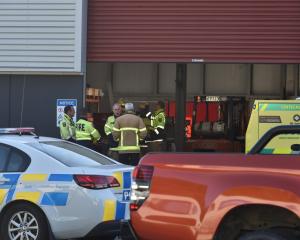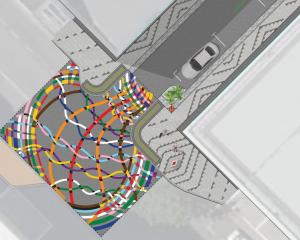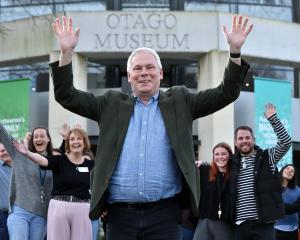
Niwa is using machine learning to forecast flood inundation in a fraction of the time required to run physical models.
Project leader and Niwa climate, atmosphere and hazards platform manager Nava Fedaeff said the new technology would not just show whether a river was running high, it would show what areas would be flooded and what was at risk from that potential flooding.
"We’re exploring how AI will help us to move from weather forecasts to inundation forecasts quickly enough, so that useful information gets to those who need it," she said.
Predicting flood maps with physical models could take 24 hours, but with machine learning it only took 1-2 minutes.
Five days ahead of an event, scientists combine several elements, such as weather forecasting, river-flow predictions, inundation mapping and exposure assessments.
This would enable them to produce models that could show all the people, property and infrastructure that were at risk — right down to street level — when storms struck, she said.
It would be a major benefit to many living in flood-prone parts of South Dunedin, giving them more time to prepare.
Niwa data scientist Dr Deidre Cleland used Westport as a case study in the project.
She produced a StoryMap detailing how the system works, using maps, animations and graphics to outline how her team validated the AI flood model against the real-life and highly damaging 2021 Westport flooding.
"Our next step is operationalising this machine-learning capability so that rapid flood-map forecasting is available for a real incoming flood event in Westport.
"We are also working on extending the machine-learning approach to other locations around New Zealand, starting with those at highest risk of flooding," Dr Cleland said.
Floods are New Zealand’s most frequent and costly natural disaster, meaning fast and accurate forecasting of flood impacts is crucial for reducing the risk to life, property and infrastructure.
This project is part of a $5 million per year package in which Niwa is tackling some of New Zealand’s most pressing challenges.











